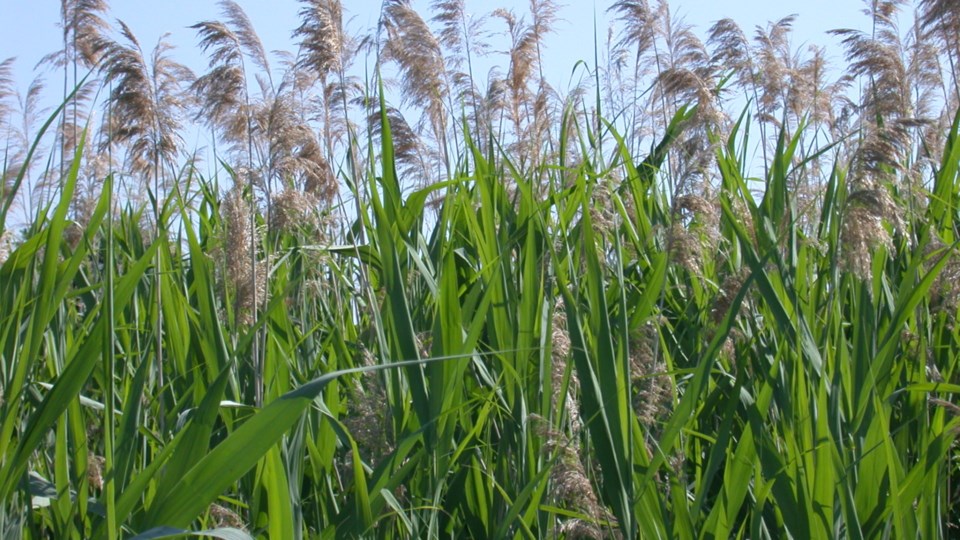NORTHWESTERN ONTARIO – After providing $16 million in funding from the Ontario Ministry of Natural Resources (MNR), the Invasive Species Centre has announced 97 new action projects by local community groups, Indigenous organizations, and municipalities on critical invasive species.
Colin Cassin, a spokesperson for the Invasive Species Centre, said “there's going to be 97 projects supported across the province and several really good projects coming in from the north and northwest.
"Kind of a range of different species based on the different projects groups had proposed. So, a nice suite of a range of actions from preventing new emerging species and some focused in on controlling kind of established an existing species and reducing impacts that way.
“We are really delighted at the kind of nice scope and range and breadth of projects that we're able to support thanks to the provincial investment.”
As part of their action projects, the Invasive Species Centre will help fund initiatives around Northern Ontario including Atikameksheng Anishnawbek, Lakehead Region Conservation Authority, Lake of the Woods District Stewardship Association, Michipicoten First Nation, and Union of Ontario Indians (Anishinabek Nation).
Invasive species, such as plants, animals, insects, and pathogens, are introduced to an ecosystem from outside of their native range causing havoc on the biodiversity of lakes, lands, forests, and communities.
“For a number of years, we've been developing with our partners really important resources like best management practices. How do you remove garlic mustard? If you find it an invasive plant, you know, what's the right procedure? How can we be more effective in getting rid of it once we've located it? We've done that for a number of species, phragmites would be another example,” Cassin said.
Phragmites is a perennial grass that damages ecosystems by spreading quickly and out-competes native species for water and nutrients. It releases toxins from its roots into the soil killing surrounding plant life.
Although phragmites is commonly seen in Southern Ontario, it has begun to travel into the northern region along the Trans Canada, in Marathon, Nipigon, Thunder Bay, Dryden, Kenora, and the Lake of the Woods area.
According to the Invasive Species Centre, Ontario has the highest number of invasive species in Canada. Invasive species are responsible for an estimated $3.6 billion in forestry, fisheries, agriculture, infrastructure, tourism, and recreation due to the damage they cause.
Cassin said this funding allows the organization to invest in key projects.
“We've expanded the scope and scale up to higher levels and really whole programs designed around learning some of the hard lessons that have been learned in terms of economic costs or ecological costs in Southern Ontario and Central Ontario.
"(We are) looking to those areas where maybe some key species have yet to establish and invade and especially in the north and northwest,” he said.
